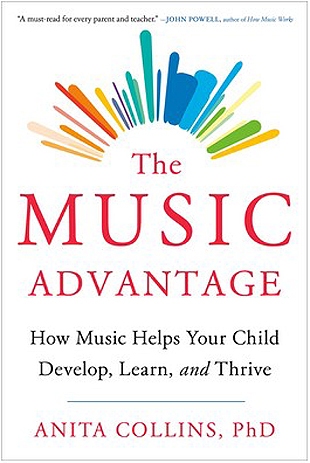“You are your baby’s favorite rock star.
“This is a phrase I use often with parents. It started by accident when I was talking to a parent who just didn’t seem to be moved by all the scientific research I was sharing with her. There was something about being her daughter’s first and favorite rock star that set her free from her self-imposed judgment. Maybe there was even a little strut as she walked away from me!
“From an evolutionary perspective, music and singing have a very ancient human history, at least as old as language. Babies understand the world through their ears as rhythm, pitch, contour, and timbre and they use sound to identify the important things, like who are their primary caregivers, who is part of the family or tribes and, possibly most importantly, who they can trust. One of the most effective mechanisms humans have to convey that information is through song.
“Why song? Why not interpretive dance or pictures? The simple answer is that babies need to know who the people around them are as soon as possible. At birth, babies can only see vague shapes, identify faces, some movement, and strong colors. Although identifying different faces is a high priority for babies from birth, they still struggle with facial expressions for the first six months of their lives. Similarly, they can’t move with great control or intention and their smell and taste libraries are only just starting to gather information. But their brains are wired for sound, and the sound of your voice is their favorite station.
“Each voice has a specific auditory signature, a combination of resonances unique to you. Typical babies’ brains have the capacity to process and attribute their significant people’s voices to their role in their lives. This is why on meeting a new adult who speaks to them they may look a little dumbfounded. However, what’s really happening is that the baby’s auditory system is working very hard to answer questions like: 'Who are you?' 'Where do you fit into my world?' 'Can I trust you?' ”
